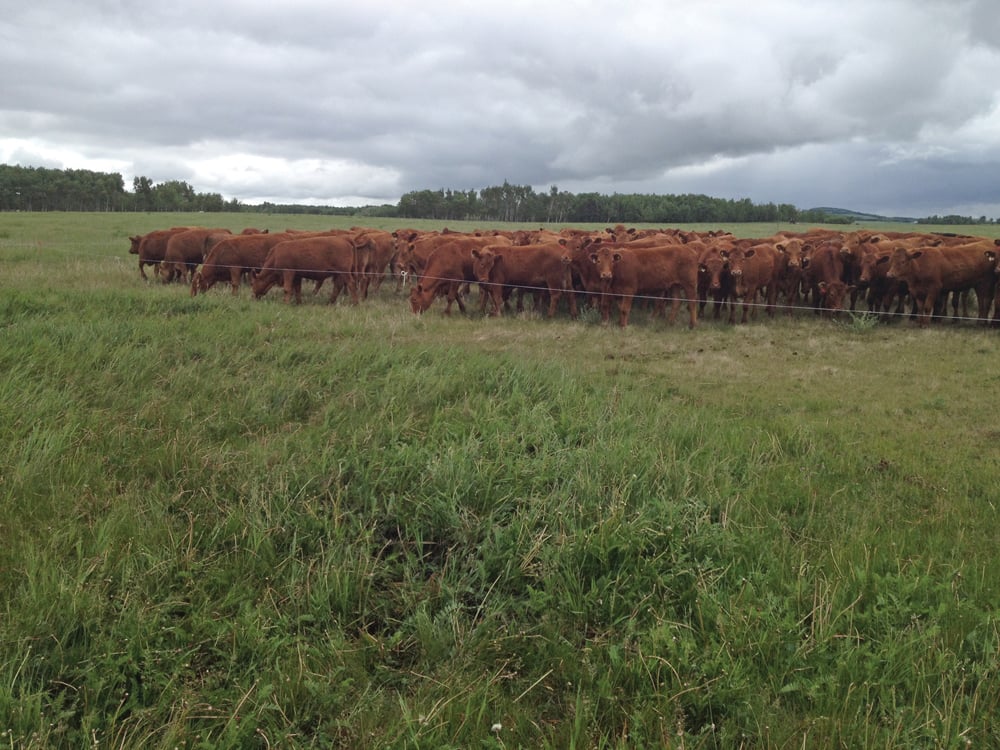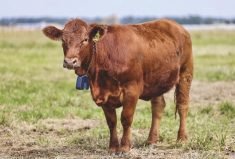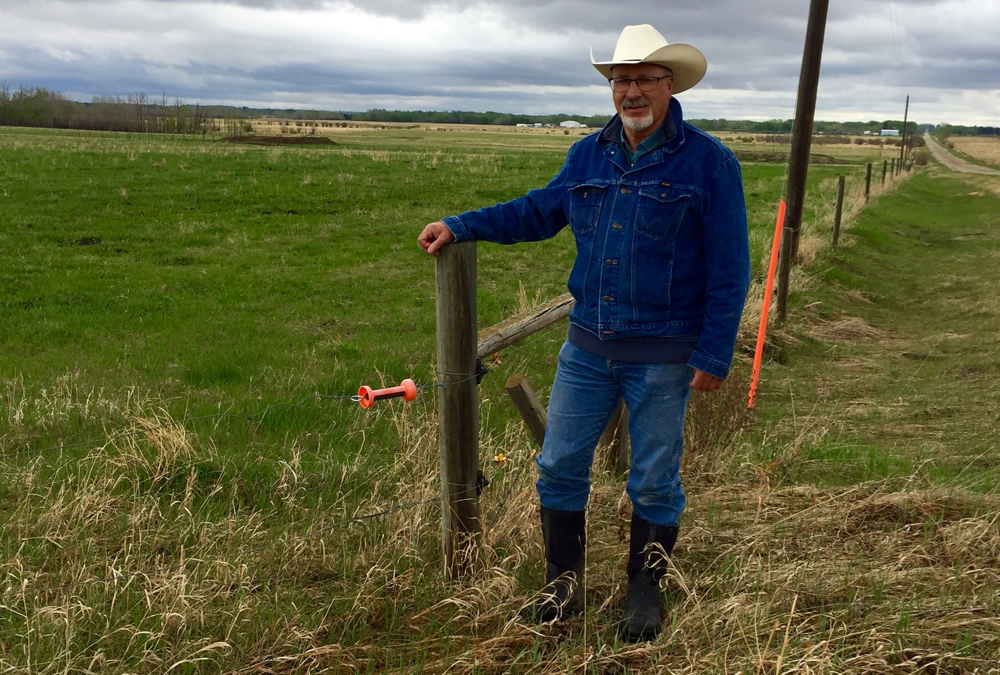Although it’s arguably the most basic structure on almost any farm or ranch, building a fence can come with a surprising number of decisions in terms of placement and materials.
Add electricity to the mix and producers are faced with even more complexity.
The good news is that technology has improved dramatically since the days when electric fences were more prone to breakages, fires, and shorts. However, an improperly installed fence can still become a costly liability.
It pays for growers to step back and figure out what they’re doing before setting foot in a hardware store or fencing dealership. Here are some tips from Albert Kuipers, a forage and grazing specialist with Grey Wooded Forage Association.
Know the animal’s needs
The first and foremost consideration is the type of livestock being contained. The main goal of an electric fence is to act as a psychological deterrent by giving animals a small shock they’ll remember when they encounter that boundary again. That shock needs to be appropriate to the size and disposition of the animal.
“For cattle, interior fences in a pasture with one electrified wire at about hip height usually work perfectly well,” says Kuipers. “You need to know how much power needs to be on the fence to be a deterrent for them. Those considerations are important. For cattle you would need at least 3,000 volts on the fence. For sheep a minimum of 4,500 volts would be needed.”
Once built, training the animals to interact with the fence properly is crucial.
“The best way for them to experience a fence is for them to touch it with their noses,” he says. “That first experience with an electric fence on their nose has a lasting impression and they may never have to touch it again. It surprises them and it becomes more of a fear barrier than a physical barrier.”
Read Also

Horns aren’t unlocking anytime soon on livestock transport standards
Standards good enough meet the definition of “humane” animal transportation still vary widely between what what industry wants, what animal rights advocates want and, between the two, what federal regulators decide is good enough.
Know your grazing needs
“You want to plan into your system right away how you want to use portable fences within your system. That will be based on the kind of grazing management you have in mind,” says Kuipers.
“If your intent is to do some level of mob grazing, you would need to use portable fences that are easily and quickly moved. In mob grazing, the herd is only on a very small area of the pasture at any time.”
Map it out
“You need to map out the fences on an aerial photo or map,” says Kuipers. “Draw in your perimeter fences and dividing fences, figure out on paper your access to water and how you’re going to make that work with your fences. That’s some basic stuff before you can even consider buying materials.”
Aerial photos available from Google can be a good resource because they allow the user to easily magnify a piece of land.
“In a lot of cases, counties have some really awesome, up-to-date aerial photos as well.”
Develop a materials list
The next step is to determine how much and what kind of materials — such as corner posts, line posts, wire, ground stakes, insulators, tighteners, and special tools — are required.
The basis of all material decisions for an electric fence is the amount of wire and how many wires to use.
“Perimeter fences will likely require more wires than the interior fences, depending on the livestock of course,” says Kuipers. “If you have a mile and a half of wire you need to determine the strength of energizer needed to charge that. Any place that sells electric fencing supplies should be able to identify the kind of energizer you need based on the amount of wire.”
The fence energizer should be kept where it is cool and damp, often on the north side of a building. A good rule of thumb for ground stake placement is to put in one ground stake for every two joules the energizer is rated for.
“A 20-joule fence energizer is going to require 10 ground rods and each of those ground rods needs to be 10 feet apart and all connected together,” he says.
Grazing needs will dictate whether a grower will choose a portable energizer option, such as battery or solar powered, or AC.
“Some makes of energizer can be switched from plug-in to battery, which makes them very versatile — a farmer can choose to take his energizer out of the barn and put it in the next quarter,” says Kuipers.
“A lot of times if you have portable fences within an electric perimeter fence you just need to connect to the permanent electric fence and power it that way. That is really the common way of doing it. It’s very simple and easy.”
Consider safety
Electric perimeter fences should be clearly marked with signs so people know what to expect. “Because fence energizers only put out small shots of electricity, they tend to reduce the risk of injury by shock. However, if you are already someone with heart issues or on a pacemaker you want to be extra careful not to touch the wires.”
Kuipers knows the effects of touching an electric fence first hand.
“It’s a very fast snap,” he says. “I’ve actually been dropped back on the ground from touching an electric fence running 9,000 volts. It made me jump back and fall down, but it was more the surprise than the pain really.”
Know your soil
Moist soil is most effective as a ground for a fence’s electrical charge. That means extra steps should be taken with dry, sandy soil.
“If that’s what you’re dealing with you can plan to build your fence with alternating wires, one hot and the next one ground; next one hot and the next one ground,” says Kuipers.
Producers can also compensate for dry soil to some extent with more and longer ground rods. “That’s something a supplier can probably help with, especially if you go to a supplier who knows his product and uses the product himself.”
Get help
For those who live in many areas of central Alberta, the Grey Wooded Forage Association can be a resource for producers planning a fencing project. Otherwise, your fencing dealership should be able to help, says Kuipers.

















